Tamara Djurovic the Argentine street artist also known as Hyuro made her mark in the form of massive murals that covered the facades of entire buildings, which appeared in various countries all over the globe.
Her work on the street had a surrealist element to it. Filled with character the images she created told their own story. Often depicting women, Hyuro also embraced the landscape around her to frame these images. The buildings and environment themselves often playing a key role in the setting of her murals.
The last recent years of experience brought me awareness of the responsibility we have with our work on public places and in different parts of the world, understanding art as a tool to bring out the change, to communicate and share ideologies, a different path to build bridges, break down boundaries and generate dialogues that are grown from the bottom. As I feel I contribute with my minimum daily life actions to what I believe, I see my job as another form of contribution. Hyuro said in an interview last 2015.
Morriña is a word of the Galician language that describes a feeling of nostalgia that linked to an anthropological point of view brings us closer to the culture as a provider of all that is not a product of nature. In this case the blanket metaphorically represents culture and all those traditions and customs that are lost with the evolution of modern times
Take a look below for a few more beautiful murals by Hyuro.
This wall is intended to give voice to all the lost innocence, all children who are fighting for their own survival, unable, in front of the eyes of all, to live a childhood as they deserve.
Hyuro’s mural above was an exploration of the social condition of women in our modern society, in a somewhat cryptic and unorthodox way.
Visit more murals created by Hyuro in our #Hyuro page.




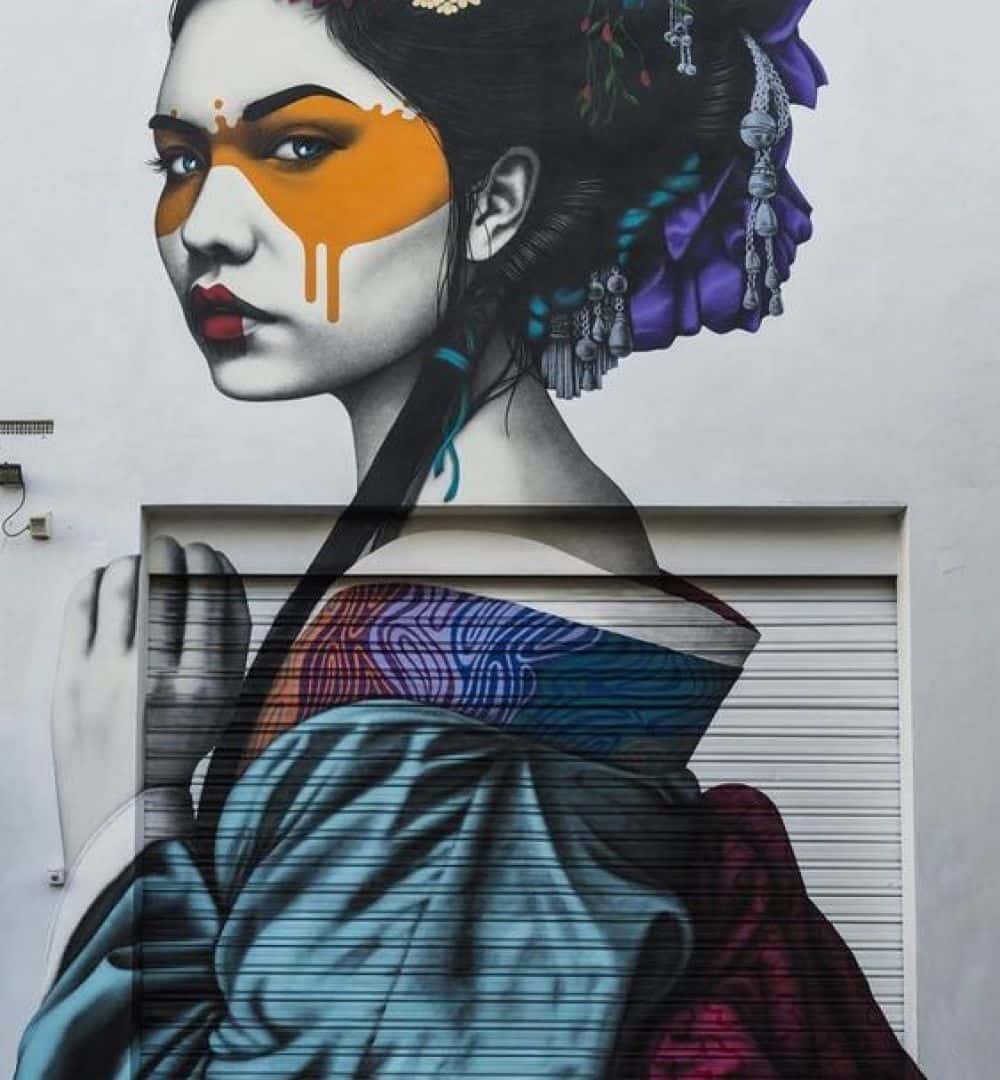









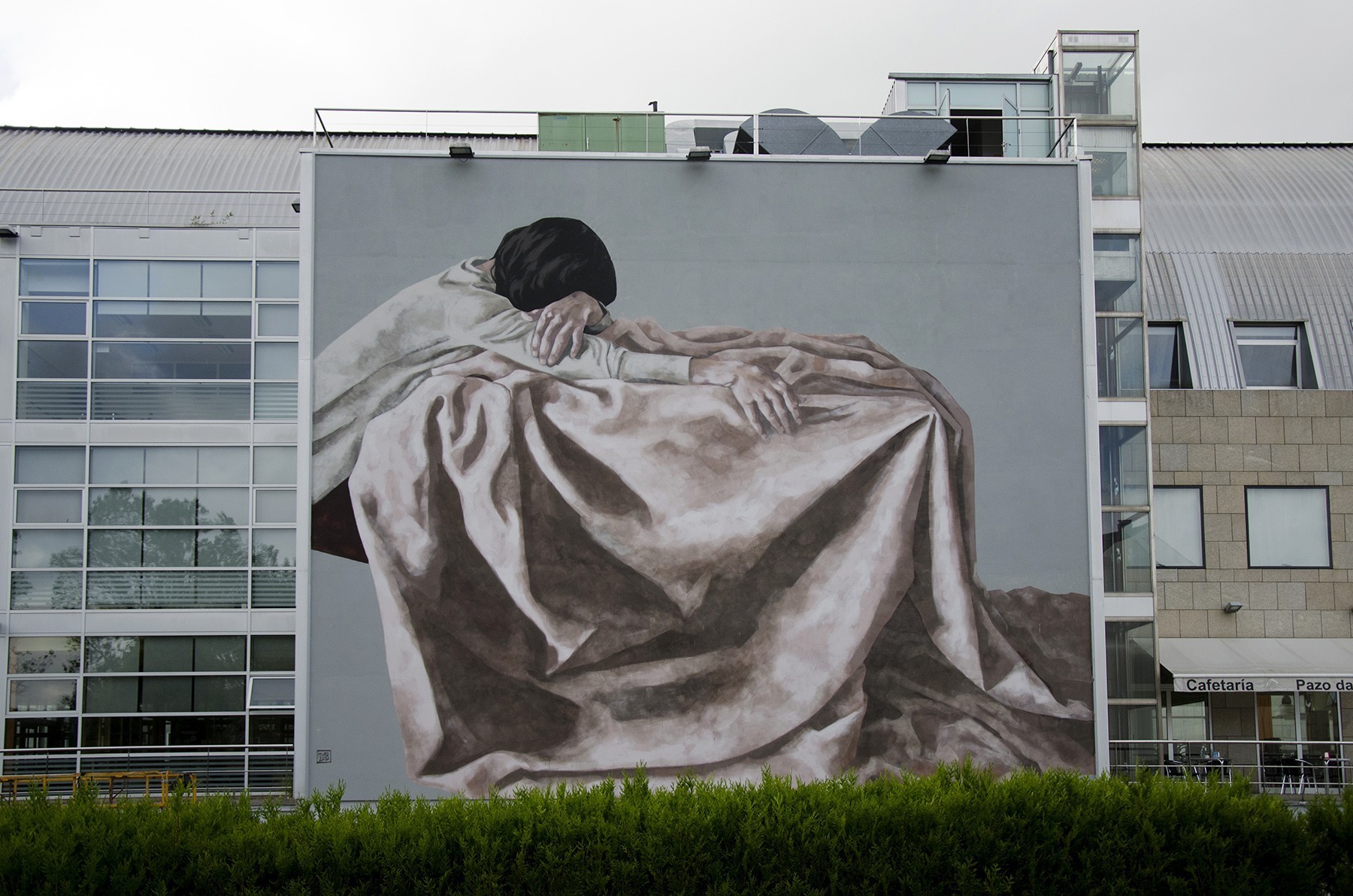


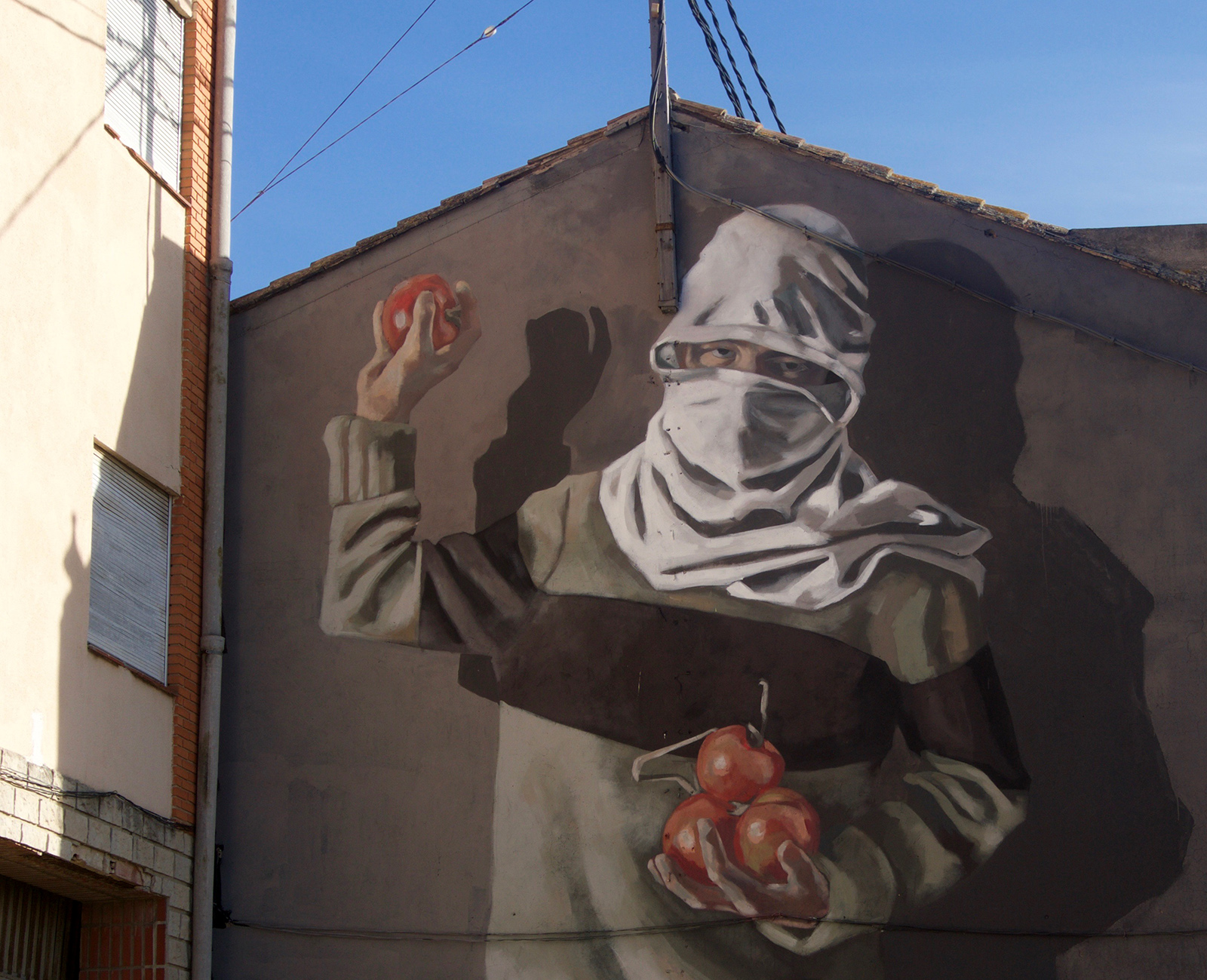
















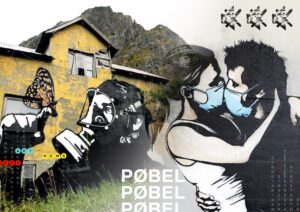
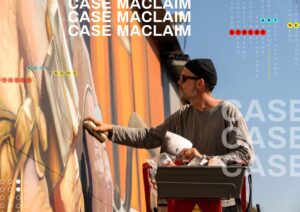






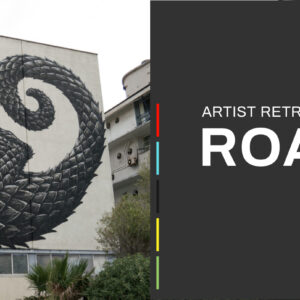

comment